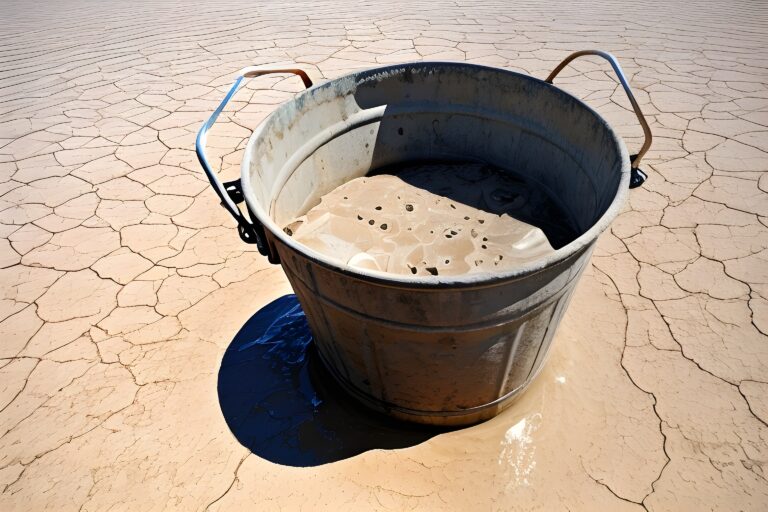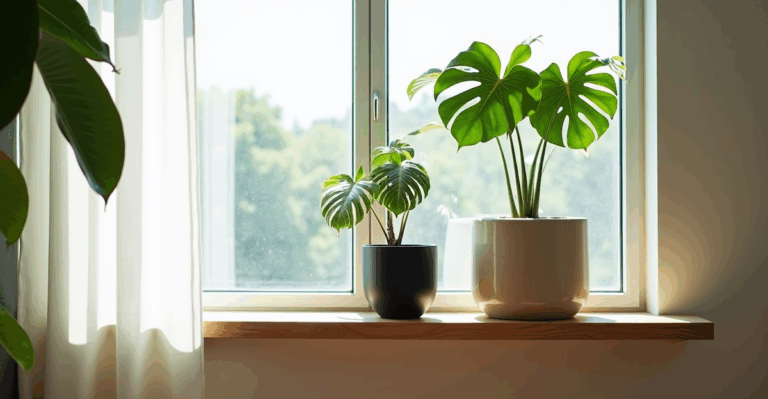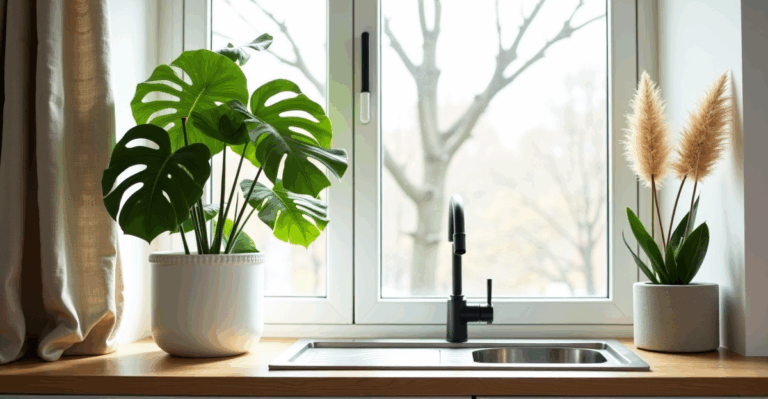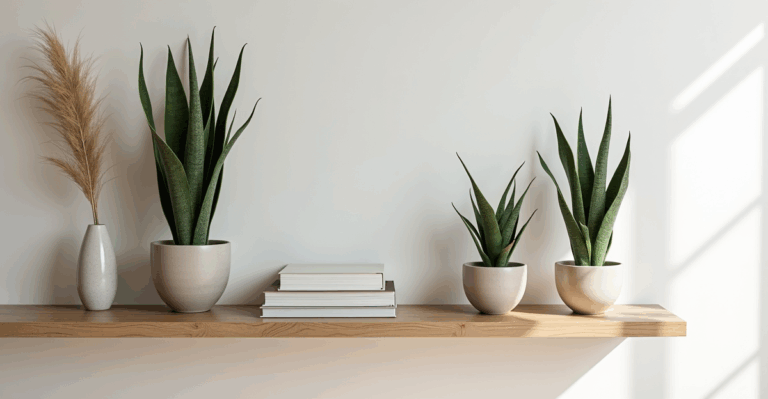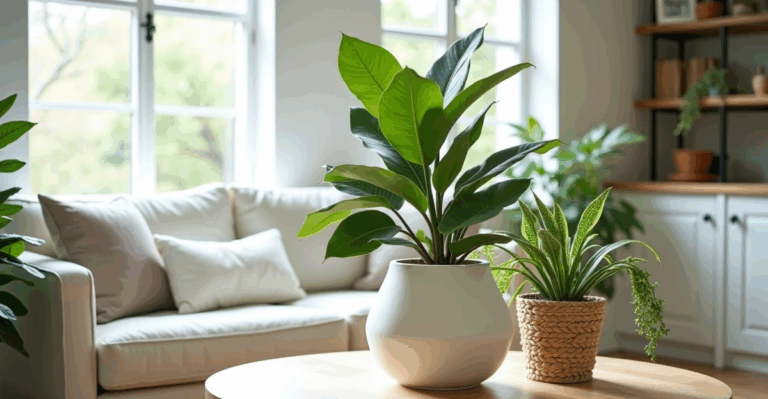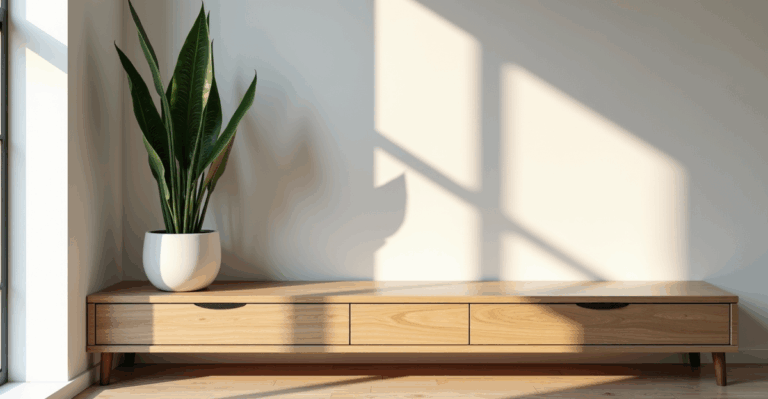Why Your Plant’s Leaves Look Like They’ve Been in a Snowstorm (and How to Fix It)
You’ve got that gorgeous Monstera deliciosa thriving on your sun-drenched east-facing shelf, its large leaves catching the morning light. But lately, you’ve noticed a fine, almost grayish film smudging the deep green. It’s not mold—it’s dust. That’s the thing about indoor plants: they’re silent sponges for airborne grit, especially in dry, heated homes during winter. I’ve seen it time and again—plants looking tired, their glossy sheen gone, just waiting for a gentle wipe to come back to life. Dust isn’t just unsightly; it’s actively slowing down your plant’s photosynthesis and can even trap pests. But don’t panic. Cleaning dusty leaves is simpler than you think, and it’s one of the easiest ways to make your plants actually look their best.
Dust Isn’t Just a Cosmetic Issue—It’s a Photosynthesis Problem
Let’s be real: we all want that lush, vibrant plant that looks like it belongs in a glossy magazine. But dust on leaves isn’t just about aesthetics—it’s a practical barrier. Dust particles block the tiny pores (stomata) that plants need to absorb carbon dioxide and release oxygen. This means your plant’s working harder to get the light and air it needs. For plants like the Calathea or the delicate, ruffled leaves of a Pilea, this can lead to slower growth or even leaf discoloration over time. It’s not a death sentence, but it’s not doing them any favors either. The good news? This fix requires almost no extra tools or time—just a few moments of attention.
Your Gentle Cleaning Toolkit: What Actually Works (No Fancy Stuff Needed)
Forget those harsh chemical sprays claiming to “revive” your plants. We’re talking basic, plant-safe methods. For most common houseplants, a soft, dry brush (like a clean, old toothbrush) is your best friend. Gently brush the leaf surface with the leaf vein direction (not across) to avoid damaging the delicate tissue. For bigger leaves, a damp microfiber cloth (not sopping wet!) works well—just wipe from stem to tip, and let the leaf air-dry completely before returning it to its spot. Important: Never use a paper towel; the fibers can snag or scratch. And absolutely skip those leaf-shine products—many contain oils that can clog stomata over time. If your plant is super sensitive (looking at you, African Violets), skip the cloth and go straight for the dry brush. For a quick, deep clean on a large Monstera or Fiddle Leaf Fig, a gentle shower under lukewarm water (holding the pot securely!) works wonders, but only if your plant isn’t prone to root rot—let it drip dry on the sink for 15 minutes first.
Seasonal Shifts: Why Dust Builds Up in Winter (and How to Adapt)
Ah, the dry indoor air of winter. It’s the perfect storm for dust accumulation. Heating systems stir up fine particles, and without humidity to weigh them down, they settle everywhere—including on your plants. This is especially true in rooms with north-facing windows (common in bedrooms or offices) where light is low and air circulation is minimal. If you’ve got a Pothos trailing from a shelf near a radiator, you’re likely seeing more dust than in the summer. The solution? Be proactive. A quick dusting every 1–2 weeks during colder months (more often if you have pets or live in a dusty neighborhood) is far easier than wrestling with a heavily coated plant later. And remember: if your plant is in a low-light spot, cleaning dust off leaves is even more critical, since they’re already struggling for light.
How Your Planter Choice Makes Cleaning Easier (Or Harder)
Let’s talk about the often-overlooked context of leaf care: where your plant is sitting. A heavy, deep ceramic pot is great for moisture retention, but it’s a pain to move around for a quick dusting. We’ve all wrestled with a 10-pound pot trying to reach a leaf on the back of a shelf. Meanwhile, a lightweight, modern planter—like the ones we craft with 3D printing—slips right into your hand for a quick clean. It fits perfectly on a narrow shelf or beside a bookcase without adding bulk, and its smooth, easy-to-wipe surface means you can clean the entire pot in one go, not just the leaves. If you’re using a self-watering pot or LECA (clay pebbles), cleaning the outer surface is a breeze—no need to worry about water seeping into the liner. But if you’re using a heavy, textured pot (like unglazed terracotta), it can actually hold dust on its sides, making the whole plant look dirtier. This isn’t about “better” or “worse” planters—it’s about choosing one that works with your routine.
Edge Cases: When Dust Cleaning Needs Extra Care (and When to Skip It)
Not every plant or situation is the same. If your Calathea (a humidity-loving plant with fuzzy leaves) is already struggling with low humidity, avoid misting after cleaning—let it air-dry naturally to prevent fungal issues. For plants with fuzzy or hairy leaves (like African Violets or the Streptocarpus), use an extra-soft brush or a feather duster very gently—pressing too hard can crush the fine hairs. And here’s a hard truth: if your plant is already stressed from overwatering, underwatering, or pest infestation (like spider mites), cleaning dusty leaves isn’t the priority. Tackle the root issue first—cleaning a stressed plant might just add to its woes. But if your plant is otherwise healthy, a quick dusting is a joyful, rewarding little task.
Real-World Style: Cleaning Your Plant in a Modern Home Setup
Imagine this: your south-facing living room has a bright, airy feel, with a mix of plants on floating shelves and a minimalist console table. You’ve got a large, leafy Monstera on a shelf, and a smaller Pothos trailing from a hanging planter. The Monstera leaves are dusty from the dry air, but the Pothos is in a sleek, white 3D-printed pot that’s easy to lift and wipe. You grab a soft brush, gently clean the Monstera leaves in under a minute, then return it to its spot without disrupting the whole arrangement. The Pothos? You can even wipe the pot itself while it’s still on the shelf—no need to move it. This is the kind of seamless care that makes plant care feel effortless, not like a chore. It’s about working with your space, not against it.
Why This Matters: It’s the Little Things That Make Plants Thrive
Dusty leaves are a tiny problem, but they’re a powerful reminder that houseplants aren’t just decorative—they’re living things that need regular, thoughtful care. Cleaning them isn’t about perfection; it’s about showing up for your plant in a small, tangible way. It’s the difference between a plant that just exists on your shelf and one that truly lives there, glowing with health. And when you make the task easy—by choosing the right planter or cleaning method—it becomes something you actually look forward to doing. You’ll notice the difference: the leaves will catch the light better, the plant will look brighter, and you’ll feel a little more connected to your green companion.
Key Takeaways
– Dust blocks light and reduces photosynthesis—cleaning matters beyond looks.
– Use a soft brush or damp cloth; avoid harsh chemicals or paper towels.
– Dust builds up more in winter; clean leaves more often during dry months.
We use these in our own setups, and they’re a joy to style—explore our 3D-printed planters.


